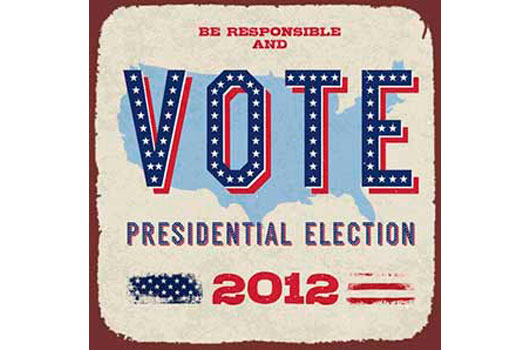
Imagine signing up for a location-based online dating site. You post a photo and profile and ta-da!—messages from potential suitors start to pop up almost immediately. You’ve gotten your money’s worth, right?
Wrong.
New Yorker writer Ann Friedman argues that the recent spate of location-based apps—ones that let you see who is online and in a few miles radius of you—don’t provide women with the security, selectivity and ease of use they want. Not to mention that too many of those IMs from interested men appear to be from guys who just crawled out from under a bridge.
Friedman attributes the failure of location-based apps to appeal to women to one primary factor: the apps are designed by men. And even though location-based apps are intended to appeal more to singles looking for a quick hook-up than a long term relationship, they still don’t have sufficient filters in place to make women feel safe and in control of who contacts them.
HUSBAND OR HOOK-UP?
The question of user intent also complicates the location-based app landscape. Blendr, the most popular location-based app, does not bill itself as a site for singles seeking happily-ever-after. On the site home page (and I admit that I did not register to enter the site—there are only so many things I can explain to my husband as “just research”), photos—mostly self-portraits from the looks of them—flash up of shirtless, muscled guys atop their Harleys and scantily clad women pointing butts and boobs at the camera. The teasers on the page encourage users to meet up and “see where it goes from there.” In other words, Hook-Up Central.
Not that there’s anything wrong with that…but per Friedman, sites like Blendr don’t really understand what women want, even if they’re just looking for casual sex with a new person. They’re still choosy about whom that person may be, and they want an environment where they can anonymously screen photos and profiles and decide with whom they want to initiate contact. Instead, they’re hit with a deluge of IMs along the lines of “You’re hot,” “What’s up?”, “Wanna meet?”, and similarly intelligent discourse, to the point that they’re overwhelmed by the number and aggressiveness of contacts and abandon the whole endeavor.
Read Related: Looking for Love? Try These Popular Latino Dating Sites
On the other hand, well-established sites like Match.com and eHarmony (both of which I do have experience with, in a past life) are time consuming, and more often than not, lead to nowhere. They tend to cast too wide of a net in terms of matches, but the flipside is the more filters one selects for personality type and interests, the few potential matches one gets. The process of initiating contact can be long and drawn out, and that of course is where location-based apps have a distinct advantage—you’re chatting with people who live just across town or even around the corner. And if you’re just in it for a hook-up, it doesn’t really matter if he loves cats, hates Chinese food and his favorite movie is The Notebook.
Still, the online dating scene seems to lack a happy medium between hook-up sites like Blendr and husband-hunting sites like eHarmony. Women looking for Mr. Right don’t want to waste hours at the computer managing 10 different conversations with 10 different guys while trying to decide which one to meet for lunch. And women looking for casual encounters want them with men they wouldn’t be embarrassed to be seen with during daylight hours, and I’d argue that the majority of them want to be able to have a decent conversation over a few drinks before they ask for the check and decide whether they’re going home alone or with a new friend.











